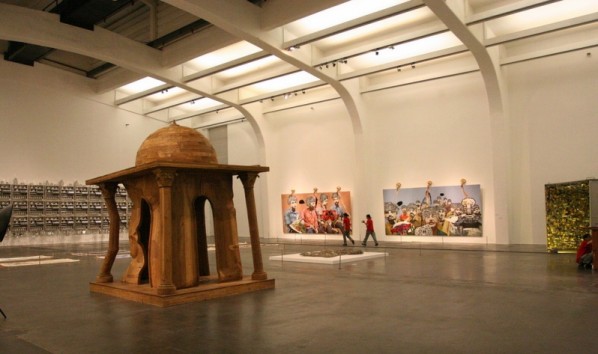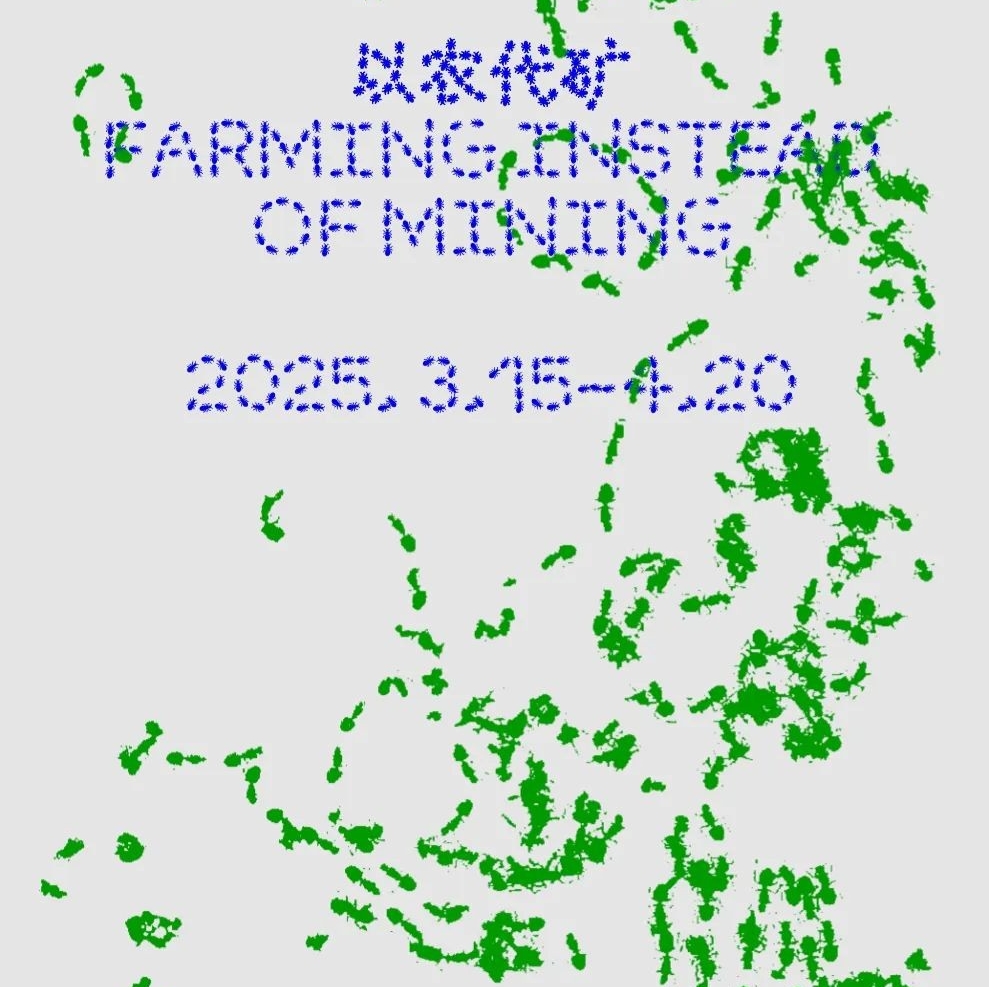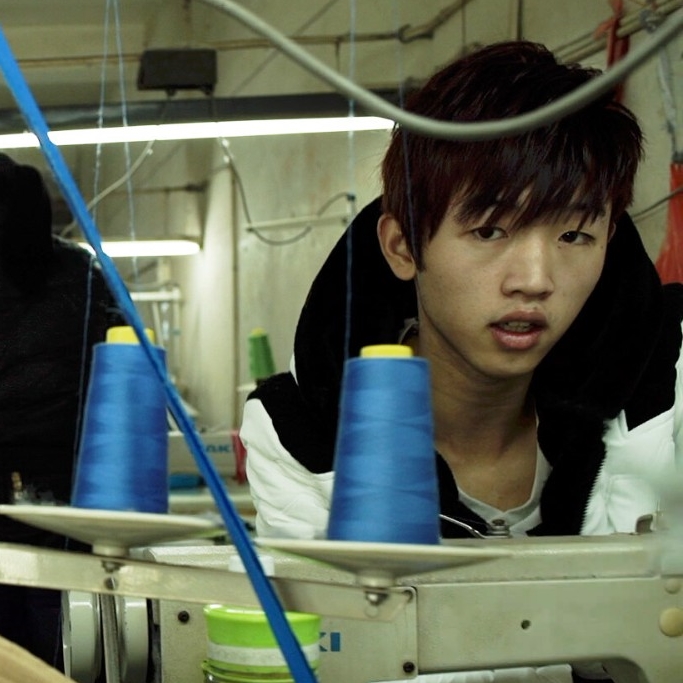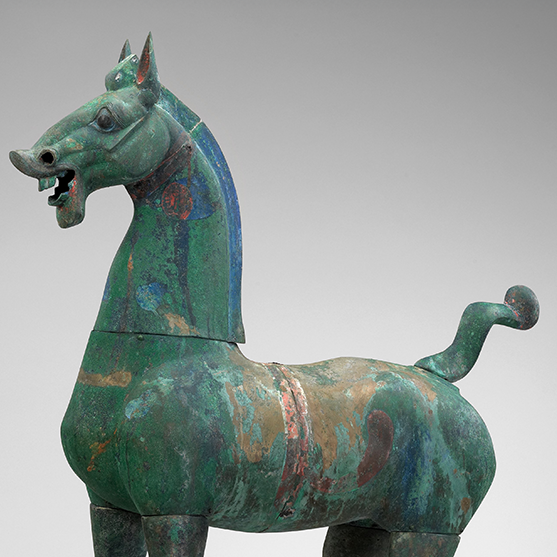
Conceived and originally co-curated by Julia Peyton-Jones (Director, Serpentine Gallery and Co-Director Exhibitions and Programs, Serpentine Gallery), Hans Ulrich Obrist (Co-Director Exhibitions and Programs and Director, International Projects, Serpentine Gallery), and Gunnar B. Kvaran (Director, Astrup Fearnley Museet), Indian Highway at the UCCA marks the most comprehensive presentation of contemporary art from India ever mounted in China. The Ullens Center for Contemporary Art (UCCA) announced the opening of Indian Highway on June 24, marking the exhibition's first stop outside of Europe. It will last until August 6th.
The culmination and continuation of extensive curatorial research across India, Indian Highway features nearly thirty individuals and collectives whose creative practices span a wide range of media – incorporating sculpture, video, installation, painting, and performance – and subject matter are focused around modern India. The work of artists who have already made an impact on the international art world is displayed alongside newer practitioners.
After the inaugural exhibition of Indian Highway at the Serpentine Gallery in London in 2008, the show travelled to European institutions including the Astrup Fearnley Museet in Oslo (2009), the Musée d'Art Contemporain de Lyon (2011), and MAXXI in Rome (2011). Plans are underway for the exhibition to continue its Asian tour after this showing in Beijing. Each instantiation features new works, and in Beijing these will include a major installation by Sudarshan Shetty, a Bharti Kher triptych, a new photographic series by Dayanita Singh from her House of Love book project, and video work by Ayisha Abraham and Hetain Patel.
[gallery link="file" orderby="title"]
Indian Highway is a pioneering project in China – an opportunity to highlight the unique relationship between the neighboring countries within artistic context. It presents artistic commentary and analysis of the social, physical, and political movement that accompanies an economic boom. Human migration, infrastructure, and technological advancement (the title refers directly to the “information superhighway,” a development central to India's global rise) are decisive dynamics in China as in India.For all their proximity, geographic and discursive, knowledge of India and its vibrant creative scene has been slow to take root in China. In what, to many, will be an introduction to contemporary art in India, Indian Highway brings together the work of some of India’s greatest creative minds. The body of work examines social and political issues key to the contemporary Indian condition, including environmentalism, religious sectarianism, gender, sexuality, and class.
In order to mark this exhibition of Indian Highway as an important meeting between Indian contemporary art and the Chinese art world, UCCA Books has produced a catalogue to accompany the exhibition, published exclusively in Chinese. This book is the most extensive Chinese-language resource on contemporary art in India published to date. The catalogue will be available at UCCASTORE@ART.BOOK .
Two artists featured in the exhibition, Sudarshan Shetty and Dayanita Singh, will also travel to Beijing for the opening of the exhibition, and Dayanita Singh will work with one of the curators to present a performance piece. A curators' talk will be held on Saturday June 23, and an artist dialogue on Sunday June 24. Dayanita Singh will also be leading a workshop for children of migrant workers in an ongoing series initiated by UCCA.
Indian Highway is curated by Julia Peyton-Jones, Hans Ulrich Obrist, and Gunnar B. Kvaran together with Philip Tinari from UCCA and organized in collaboration with the Serpentine Gallery, London, and the Astrup Fearnley Museet, Oslo, Norway.Artists presented in this edition of Indian Highway at UCCA include: Ayisha Abraham, Ravi Agarwal, Sarnath Banerjee, Nikhil Chopra, Baptist Coelho, Sheela Gowda, Sakshi Gupta, Shilpa Gupta, Subodh Gupta, N.S. Harsha, Abhishek Hazra, M.F. Husain, Jitish Kallat, Amar Kanwar, Bharti Kher, Nalini Malani, Jagannath Panda, Hetain Patel, Prajakta Potnis, Raqs Media Collective, Tejal Shah, Sudarshan Shetty, Dayanita Singh, Kiran Subbaiah, Vivan Sundaram, Thukral & Tagra, Hema Upadhyay, Avinash Veeraraghavan, and Studio Mumbai Architects.
Indian Highway is supported by the Indian Embassy, Beijing.About the Curators
Julia Peyton-Jones became Director of the Serpentine Gallery in 1991, where she is responsible for commissioning and showcasing the groundbreaking Exhibition, Education and Public Programs as well as the annual architecture commission, the Serpentine Gallery Pavilion. Under the patronage of Diana, Princess of Wales, the Serpentine completed a £4 million renovation in 1998. Since then, visitor numbers have increased to between 800,000 and 1.2 million in any one year. In 2010, the Serpentine won the License for an additional Gallery in Kensington Gardens, The Serpentine Sackler Gallery, designed by Pritzker Prizewinning architect Zaha Hadid. Julia is an Honorary Fellow of the Royal College of Art (RCA), the Royal Institute of British Architects (RIBA) and is an Officer of the Most Excellent Order of the British Empire (OBE).
Hans Ulrich Obrist is Co-director of the Serpentine Gallery in London. Prior to this, he was Curator of the Musée d’Art Moderne de la Ville in Paris. Obrist has co-curated over 250 exhibitions since his first exhibition, the Kitchen show (World Soup) in 1991. He has contributed to over 200 book projects; his recent publications include A Brief History of Curating, Project Japan: Metabolism Talks with Rem Koolhaas, Ai Wei Wei Speaks, along with two volumes of his selected interviews. In 2011, Obrist was awarded both the Bard College Award for Curatorial Excellence and the Swiss Institute Honoree Award.
Gunnar B. Kvaran is the Director of the Astrup Fearnley Museet in Oslo, Norway. After receiving a Ph.D. in Art History from l´Université de Provence, Aix-en-Provence, France, in 1986, Kvaran went on to serve as Director at the Ásmundur Sveinsson Sculpture Museum, Reykjavík, Iceland (1983-1989), the Reykjavik Art Museum (1989-1997), the Bergen Art Museum, Bergen, Norway (1997-2001), and the Astrup Fearnley Museet (2001- present). He has curated the Iceland pavilion at the Venice Biennale several times, lectured widely, and participated on numerous curators and critics boards. He is set to curate the 2013 Lyon Biennale.
Courtesy of the artists and UCCA, for further information please visit www.ucca.org.cn.




























